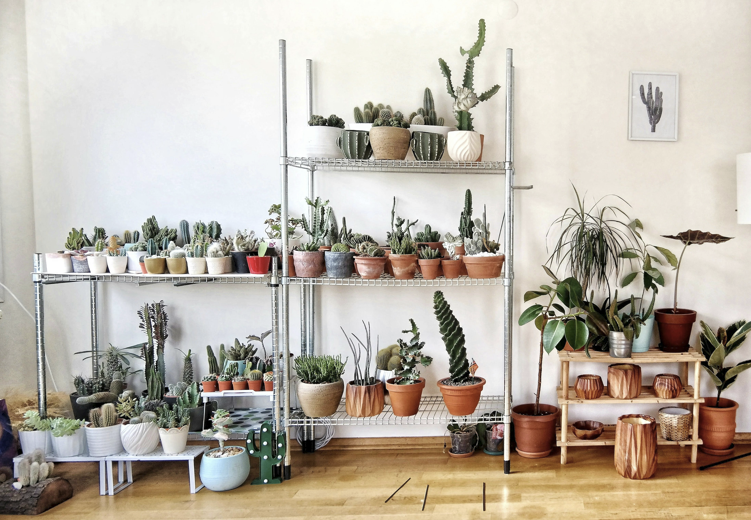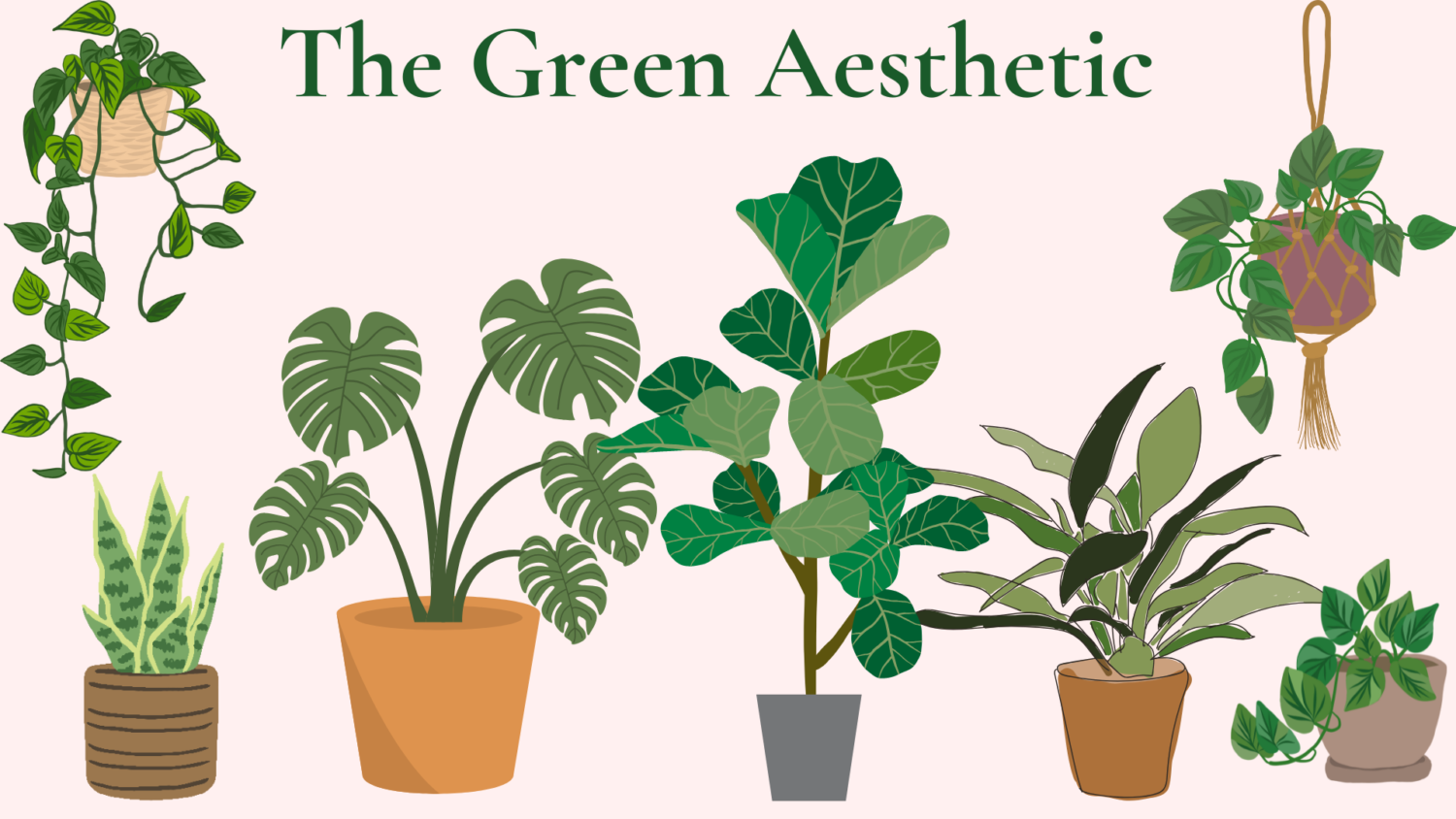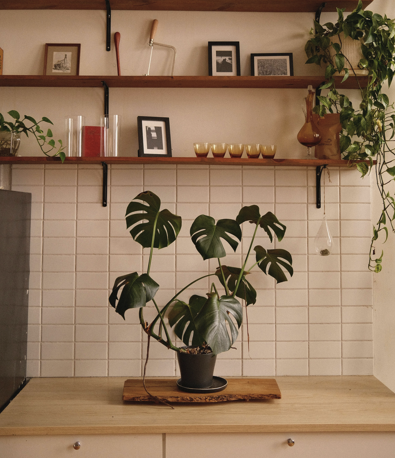Are your house plants looking a little sad and you’re not sure why?
The good news is, it’s probably not your fault, most first-time plant parents make the same mistakes.
With the right tips, a bit of know-how, and a small shift in routine, you’ll be well on your way to healthy plants and a greener home.
In this post, we’ll walk through the most common beginner plant mistakes to avoid, along with easy fixes to help your indoor garden thrive.
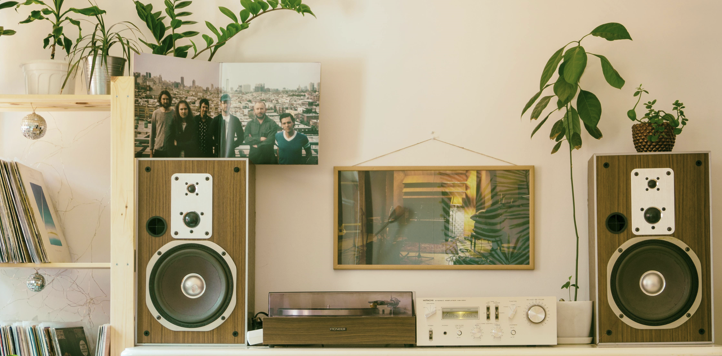
1. Buying a plant in poor condition
One of the most common mistakes happens before the plant even enters your home. When choosing your first plant, don’t just go for what’s trendy, but look closely at its condition too. Avoid leggy shapes and go for full, bushy growth. Additionally, check for healthy, green leaves without yellowing or brown spots. If the plant has flowers, make sure there are both open blooms and buds. A mix of both shows the plant is in an active growing phase.
Additionally, check the roots too by gently lift the plant out of its pot (staff usually won’t mind if you’re careful). Avoid plants with roots tightly circling the base or bursting from the bottom. That could mean it’s rootbound and overdue a repot. Moist soil is ideal, but avoid anything soggy or bone dry.
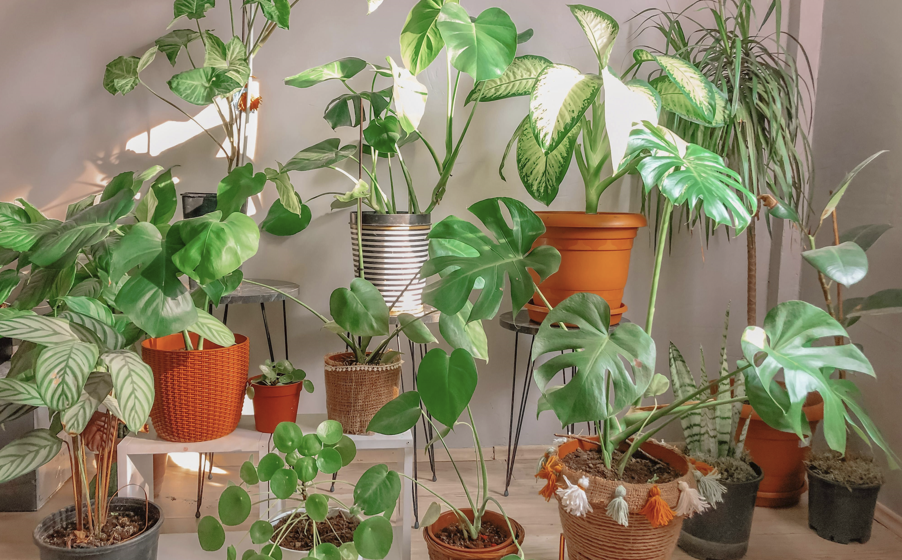
2. Skipping a pest check
Pest infestation is a common plant care mistake and one that spreads fast. Before your purchase, look under leaves and along stems for spider mites, fungus gnats, or signs of mealybugs. Tiny webs, sticky patches, or white fluff are all red flags. If you see anything suspicious, it’s a good idea to pick a different plant.
3. Using the wrong pot
Thirdly, every plant pot should have drainage holes, absolutely no exceptions. Without proper drainage, excess water collects at the bottom and can lead to root rot, which is one of the most common reasons a plant dies. Always check your current pot before watering and make sure your plant isn’t sitting in pooled water.
4. Placing your plant in the wrong spot
Not all house plants are the same. Some love bright light, while others, like the snake plant or zz plant, thrive in low light. It’s important to understand your plant’s specific needs before choosing a location. Avoid putting tropical plants like the maidenhair fern or fiddle leaf fig near radiators or cold windows during winter months. And don’t forget humidity. Humidity levels matter, especially for more sensitive indoor houseplants.
5. Watering too much (or too little)
Overwatering is probably the most common plant care mistake for beginners. Each type of plant has different needs. A general rule: let the top few centimetres of plant soil dry out before watering again, unless your plant prefers moist soil (like peace lilies or ferns).
There are a few ways to water:
- From above: pour slowly and evenly.
- From below: sit the pot in water and let it soak up what it needs.
- Dip and drain: dunk the pot, then let the excess water drain out fully.
Make sure the soil is damp but not soaking. Use your finger to feel for dry soil before reaching for the watering can.
6. Ignoring a watering schedule
A watering schedule helps avoid much water or too little. That doesn’t mean watering every Sunday no matter what, it means checking your plants regularly, especially during the growing season when they may need more. Some low maintenance plants, like aloe vera or desert plants, need less water, while light-loving plants often need more.
7. Feeding incorrectly
All plants need extra nutrients, but how and when you feed them matters. Use a slow-release fertilizer in spring and summer (their growing period), and always follow the instructions. Avoid feeding in winter when growth slows. Too much feed can damage the plant’s roots and cause poor growth or leaf discolouration.
8. Neglecting cleaning and grooming
Dirty leaves block natural light, and dusty buildup attracts pests. Definitely wipe down glossy leaves (like those on a rubber plant) with a damp cloth every couple of weeks. Remove dead or yellowing leaves with clean scissors. This keeps your plant tidy, healthy, and lets new leaves push through.
9. Not inspecting for pests regularly
Even the best indoor plants can fall victim to bugs. Check your plant weekly for signs of trouble. If you spot anything, isolate it and treat the issue with neem oil or insecticidal soap. Catching a pest infestation early can prevent significant damage to your whole indoor garden.
10. Putting off repotting
If your plant’s roots are poking through the drainage holes, circling the pot, or water is running straight through without soaking in, it’s time to repot. Pick a slightly larger plant pot, use fresh soil, and always choose well-draining soil. This keeps your plant’s root system healthy and allows it to grow properly.
11. Don’t move your plant around too much
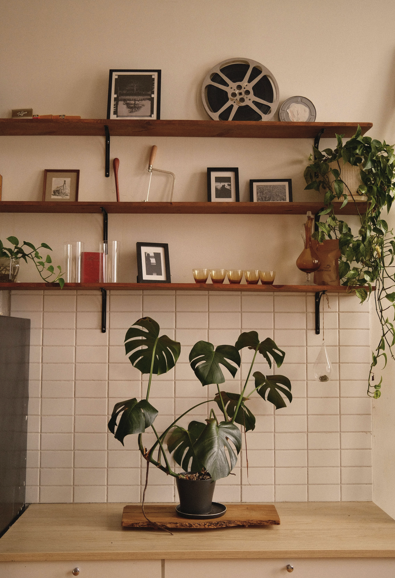
Plants like stability. Constantly moving them from direct sunlight to low light or warm to cold spots can stress them out.
Choose a spot with adequate light and stable temperatures, and give them time to adjust.
If you do need to move them, try to do it gradually.
12. Match the plant to the room
Not every plant suits every space. For example, a light-loving plant won’t thrive in a dark corner. A maidenhair fern or spider plant might be better for your living room, while aloe vera or zz plant could be perfect for a small plant on your coffee table. Think about humidity levels, temperature, and how much natural light the room gets.
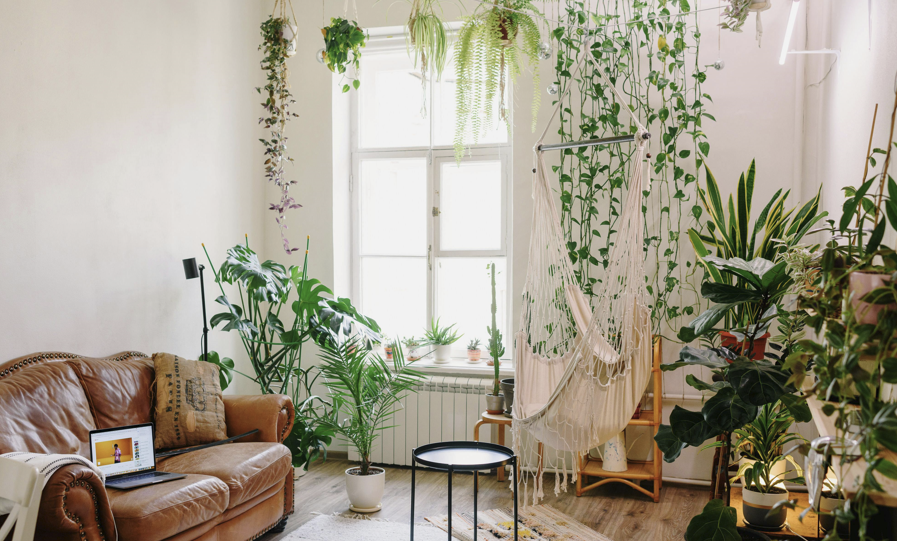
13. Use the right water
Tap water can contain chlorine or fluoride, which can build up in your plant’s soil and damage roots over time. If your house plants are showing signs of brown spots or leaf tip burn, try switching to filtered or rainwater. Letting tap water sit out overnight can also help.
14. Don’t overcrowd your plants
Cramming too many indoor houseplants into one spot can limit airflow and increase the risk of fungus gnats, spider mites, and mildew. Give each plant enough space to breathe and grow. Good spacing also makes it easier to clean, inspect, and admire your beautiful plants.
15. Keep an eye on seasonal changes
Last, but not least plants behave differently during the winter months. Growth slows down, and many need less water and no feeding. You might need to move plants closer to indirect light or away from cold windows. Watch out for drafts and drops in temperature, especially for tropical plants that are sensitive to hardiness temperatures.
Becoming a plant expert doesn’t happen overnight, and the best part is you don’t need a green thumb to get started.
Avoiding the most common houseplant mistakes is all about paying attention to your plant’s unique needs, like light, water, soil, and care. Whether you’re growing a spider plant in a dark corner or keeping a fiddle leaf fig by a south-facing window, every plant can thrive with a bit of patience and proper indoor plant care.
